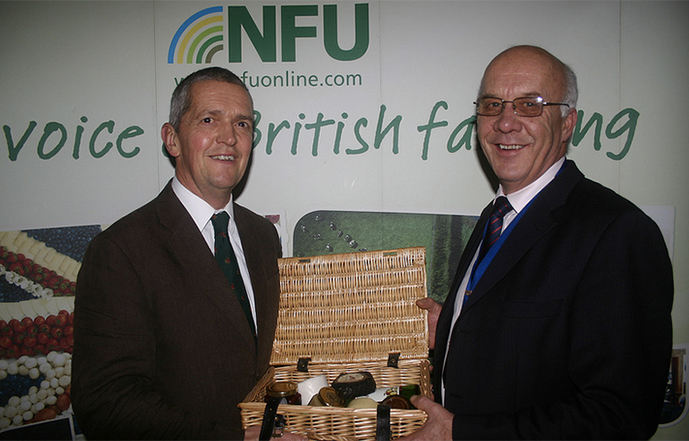
The Countryside Stewardship Scheme will contribute around £900 million to rural businesses to help them improve the countryside environment. Many influential MPs have been urging farmers to sign up to the scheme, which is set to open for applications next July.
Defra currently plan that farmers and land managers can start applying for the Countryside Stewardship scheme from July 2015. Agreements and payments will begin in 2016.
Countryside Stewardship will have 3 main elements:
1. Higher Tier (similar to the current Higher Level Stewardship)
2. Mid Tier (which will replace Entry Level Stewardship)
3. a lower tier of capital grants, including the Hedgerows and Boundaries Capital Grants
South Lakes MP Tim Farron said: "I would urge people to look, apply and take up the scheme and also to let me know if they encounter any problems given it's a new scheme.
The Countryside Stewardship scheme is an opportunity for farmers but we will have to monitor its progress carefully to ensure that farmers truly benefit from it."
But the NFU said there were still some unanswered questions.
"The budget availability is still unclear, decisions on how 'double-funding' in the new scheme have yet to be made and how the 'facilitation fund' will work in practice is still unknown," NFU Vice President Guy Smith said.
"In addition, for those coming out of the current environmental stewardship schemes and not able to enter the new Countryside Stewardship Scheme, the launch of new capital grants for hedges and boundaries in the scheme provides a vital opportunity for them to continue with their good work.
“As we have said in our Manifesto, we want to ensure that ‘all farmers can access capital support for on-farm conservation work’ in the new scheme, so we believe that it is important that grants are supported by the relevant budget to fund successful applications. And we call on Defra to ensure that differential payment rates apply to options that are used for greening, which would allow farmers to continue to implement these options and receive payments within the new scheme.
“For the facilitation fund to work Natural England is asking for farmers to work together over 2,000 hectares to qualify and this will be a tall order.It is vital, that if this even has a hope to succeed, that the facilitator of this part of the scheme is appointed by the farmers and can be their local, trusted adviser. It is also important here that there is no unintended discrimination against smaller farmers.
“Overall, at this late stage, there are still a number of questions about how the scheme will work but we are committed to working with Defra and Natural England on its development and - more importantly – how it will be implemented on the ground.”
The Higher Tier
The Higher Tier is for the most environmentally important sites and woodlands. These will usually be in places that need complex management (such as habitat restoration, woodland creation or tailored measures for priority species).
Applicants can use the full range of options and a wide range of the capital grants that the scheme offers. They can get one-to-one advice and support from Natural England and Forestry Commission advisers.
The application process will be similar to the current Higher Level Stewardship (HLS) scheme. Applicants will need to contact Natural England or the Forestry Commission before they can apply for the Higher Tier. More information about how to apply will be published soon.
The Mid Tier
The Mid Tier aims to address widespread environmental issues, such as reducing diffuse water pollution or improving the farmed environment for farmland birds and pollinators. Not all options will be available in this tier. Scheme targeting and scoring will encourage applicants to choose options that help achieve the environmental priorities that are important in their wider area. This means that environmental benefits will not just be on individual holdings but more widespread.
